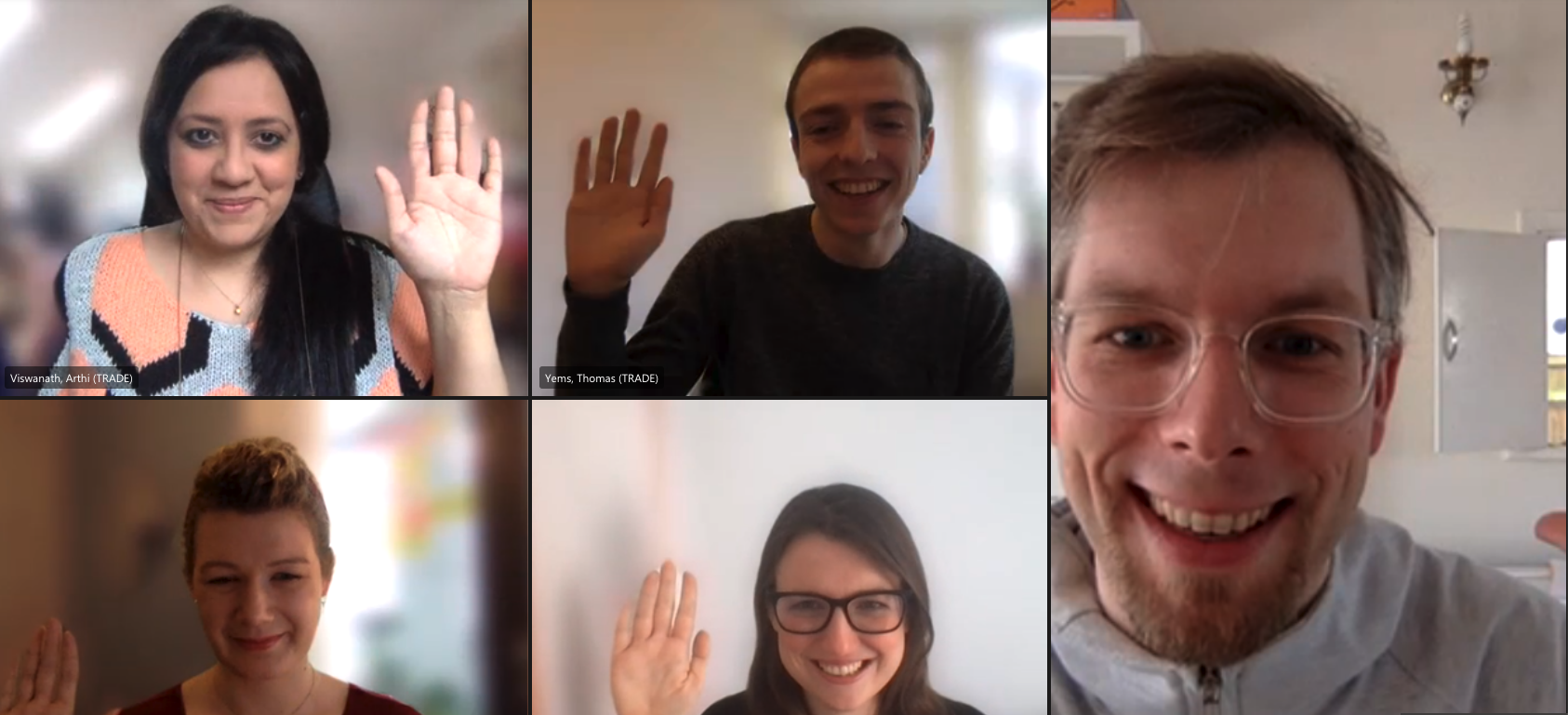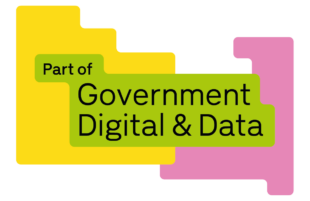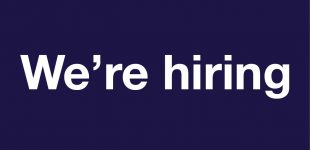 A screenshot of Jason and the team striking the choose to challenge pose
A screenshot of Jason and the team striking the choose to challenge pose
This year, we are celebrating International Women’s Day (IWD) by reflecting on this year’s theme of Choose to Challenge. Colleagues from across the Digital, Data and Technology team (DDaT) in the Department for International Trade (DIT) told us how they are choosing to challenge gender inequality in their professional and personal lives.
Jason Kitcat, DDaT Director
In work I regularly ask myself questions like:
- Is that recruitment panel all male?
- Have we done enough to bring in a diverse set of applicants for that job?
- How am I encouraging female colleagues, recognising the systemic inequalities they may face?
One of the greatest rewards I get from my work is supporting colleagues to grow and fulfil their potential. I’ve found that some women are waiting for permission to take the step up, perhaps due to historic bad experiences, or general socialisation of what is 'feminine'. This is something I work hard to overcome both at work, and in how I bring up my daughters.
When I chair meetings, I think about whether others are speaking over or repeating what women have said. When I’m invited to speak at a panel, I check to see what the gender balance is before agreeing to speak. I am sure there is much more I can do, and I welcome suggestions on how I can be a good ally to women.
Rachael Robison, Senior Developer
Since becoming a 'woman in technology', I have had several opportunities to think about what it means to challenge gender inequality in our sector.
When I was a teenager teaching myself HTML, it was definitely seen as a weird hobby for a girl. I felt I couldn’t be female and technically minded and so felt like I had to act like 'one of the boys' to be taken seriously. I put in a lot of effort to prove myself in maths and computer classes. Outside of these places I kept my interest in tech to myself.
Now that I feel more included in technical environments, I understand that getting more women into technical roles is not enough. If that means excluding non-binary people, or only welcoming a narrow range of women, ignoring diversity of race, sexuality, class and other factors, then we need to do more.
Gender inequality will not be solved in the industry by women feeling comfortable in their technical career. We need to be mindful that no two people have the same experience of being a woman, man, or non-binary person. We need to listen and remain open to understanding everyone’s experiences.
In DIT, I have had a great deal of support and encouragement in developing my career. I hope that in my role I can nurture a working environment, so colleagues of all genders and backgrounds do not have to wait and reshape themselves. I want to build a future where they are accepted and welcomed as they already are.
Arthi Vish, Talent Acquisition team
In our recruitment team, we want to reach the right audience to attract the best talent, as well as reaching a diverse audience. This is a key principle for how we work.
We reconsidered the language used in our job adverts to avoid discouraging women from applying. We are now testing this in job adverts by trialing gender neutral language tools to see their impact. The tools work by analysing text for biased words in our job adverts before we market them. This tool is now in place and is already having a positive impact.
We found that changing the language had an impact on applicants. In the last 12 months, 52% of who we hired were women and almost 45% of applicants identified as a woman. We are always reviewing this data to improve the diversity of our talented team.
Tom Yems, Content Designer
Growing up I learnt how to crochet. Often this is surprising to friends, colleagues, and strangers. Once, while casually crocheting to pass time on a train, the person sat next to me was astonished at my hobby. This made me feel a little awkward for the rest of the journey and now I pause and think before crocheting in public or mentioning it to colleagues. I think their intention was as innocent as passing small talk.
This made me realise that you should separate your intention and the impact of what you say. Now, regardless of my intention, I try to pause and think about the impact of what I’m about to say.
I’ve challenged colleagues in a previous job to not assume the gender of the person that they were talking about. As a result, I try to use words that do not specify gender, when it is not relevant. I think that this reduces the impact of bias of the reader or listener. This is such a small effort and change but shows how gender is woven through the fabric of our society.
Miranda Pottinger, Programme Lead
When I first joined DIT, I was amazed to have a chain of senior women ahead of me. Three quarters of my direct line management chain were senior women, right up to the Permanent Secretary at the time. It was a powerful message.
Coming from an environment dominated by women into an environment where the reverse is often true was something of a culture shock. My degrees are in English Literature and Gender Studies, which doesn’t obviously set you up for a career in technology. But I’ve found that difference of perspective is often what helps you come up with genuinely new ideas.
In my team, we have been reflecting on ways that might make our workplace feel unwelcoming. There is a lot we can do to call out unequal behavior. I am particularly conscious of building my own toolkit to address this. I am learning and understanding how to identify, acknowledge, and process feelings of unbelonging. I want to take this opportunity to build my toolkit and to celebrate the fact that we are not just failing into groupthink.
I hope that by being open about my vulnerabilities, I create psychological safety for others in my team to do the same. I do this so the next person in my shoes isn’t so surprised by the faces in the chain of senior people ahead of them.
If you would like to be part of the DDaT team, sign up to receive our job alerts.
Find out more about DDaT’s culture by reading our blogs on LGBTQ+ History Month, our DDaT community and how we build diversity and inclusion in our workplace

